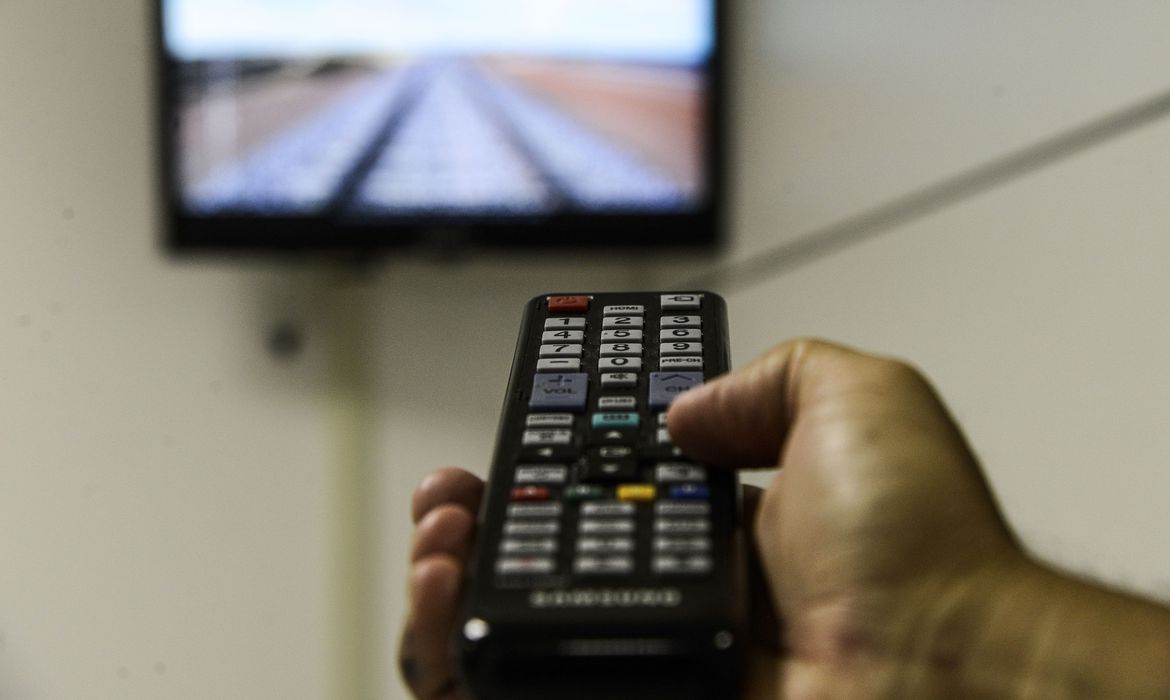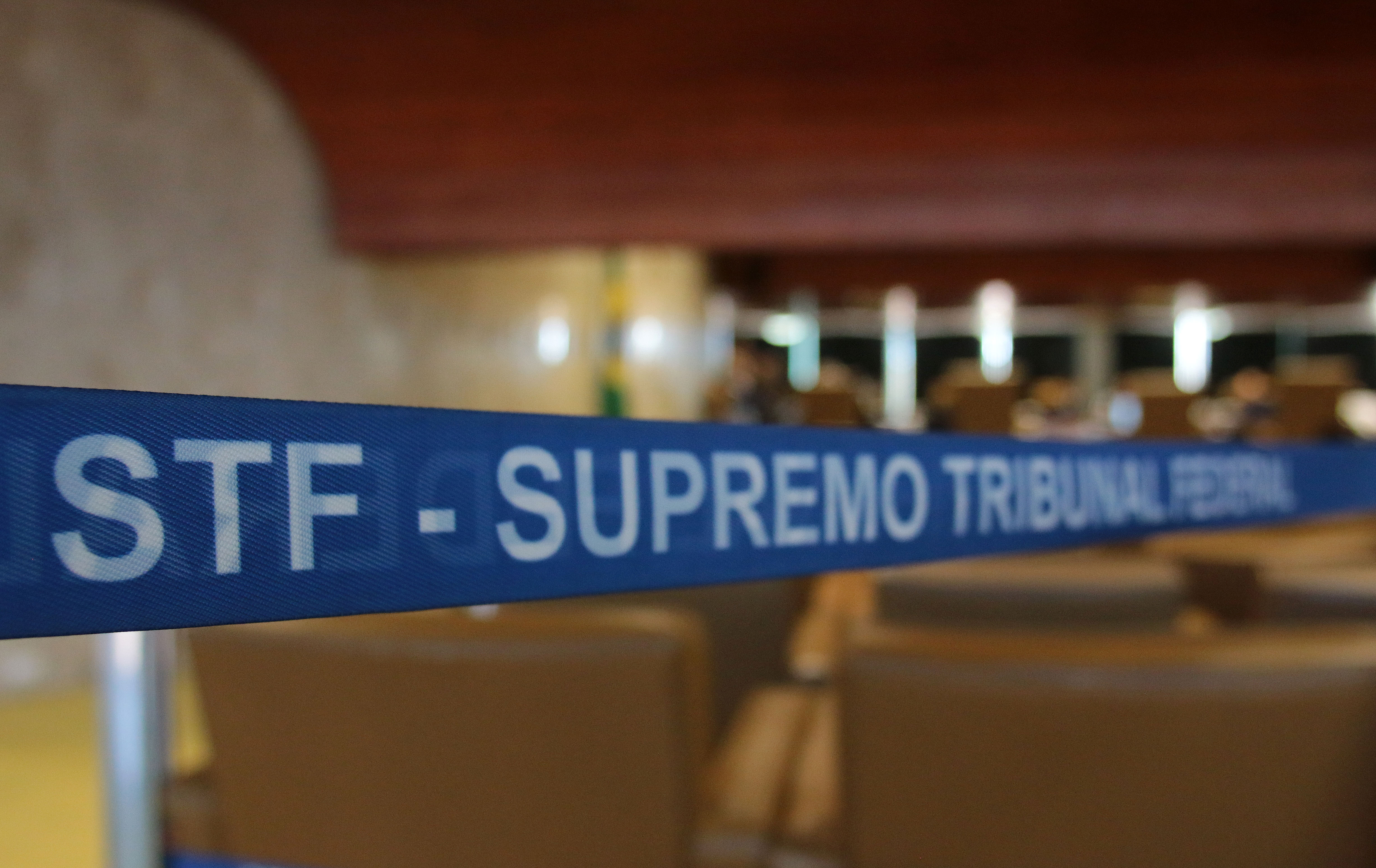Just like in many countries, and following international standards, Brazil since 1990 has had a system to protect children and adolescents from television content that is potentially harmful to their development, namely scenes involving violence, sex and drug use. It is the content rating system provided for in the Child and Adolescent Act.
According to the law, parents are responsible for controlling their children’s access to certain types of content, but it is the job of the Brazilian State, through the Ministry of Justice, to guarantee the necessary means to exercise this control – which, in practice, means informing the audience about sensitive scenes and adjusting the content to programming times.
In 2001, the Brazilian Labor Party (PTB) submitted an ADI (Direct Action of Unconstitutionality) to the Supreme Court to undermine the content rating system and overturn the ban on sensitive content at times of greater exposure to children and adolescents. The party argued that the mechanism violates freedom of expression and the free expression of thought.
Conectas, Andi (News Agency for Children’s Rights), Inesc (Institute for Socio-Economic Studies) and the Alana Institute filed a joint amicus curiae brief in the case and defended the importance and constitutionality of the content rating system. In their brief, the organizations told the history of the mechanism and its alignment with the principles of social communication provided for in the Constitution. They also explained the importance of broadcasting in the country, given its enormous presence in Brazilian homes, and its fundamentally public nature – an aspect that imposes the duty of giving absolute priority to children and the general interest of society.
According to the organizations, therefore, the attempt to associate the content rating system with a violation of freedom of expression is a distortion and weakens the capacity of the Brazilian State to protect children and adolescents from content that may be harmful to their development.
In her oral statement on behalf of the organizations, the lawyer Eloísa Machado stressed that the rating system does not constitute a ban on content, not least because it is based on self-classification by broadcasters of their own content. She also rebutted the false dilemma between the content rating system and freedom of expression by showing how the model proposed by the system balances and caters to the constitutional principles of social communication and protection of children and adolescents.
The judgment of the ADI began in November 2011 with the vote of the rapporteur, Justice Dias Toffoli. According to his understanding, the PTB’s request is correct and article 254 of the Child and Adolescent Act is unconstitutional. The justices Cármen Lúcia and Ayres Britto voted in line with the rapporteur. But after an adjournment requested by Justice Joaquim Barbosa, the judgment was not concluded. The ADI remains on the agenda of the court, awaiting the conclusion of the judgment.
Technical information:
Case: ADI-2404
Court: Supreme Court
Status: Awaiting completion of judgment following request for adjournment.
Procedure:
- 2/5/01 – Initial petition
- 11/9/11 – Request for admission as amicus curiae
- 11/30/11 – Start of the judgment and vote of the rapporteur of the case
- 11/30/11 – Oral statement


